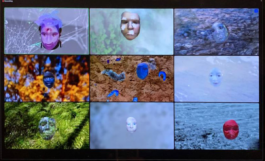
The web conference, 'Imagining the Arachnopocene,’ is an audio-visual story in three acts, forming the playground for an online role-play and collaborative world-building experience. The fictional conference takes place on Zoom and is the result of artistic research on questions related to human-nature relationships, alienation, knowledge creation, and power structures, using the spider as a carrier of stories.
Starting with a story in audio-visual with a subsequent discussion, each of the three acts examines the spider from a different perspective, raising questions that become the starting points for collective imagination. Set in a speculative future where spiders have left Earth, the goal of the conference is to collectively envision a non-human-centered future. Participants of the conference play the role of experts whose knowledge is in demand when imagining worlds different from the current one. The role play facilitates breaking through usual thought patterns and challenges our imagination beyond the ordinary to discover non-human-centered imaginaries for the future.
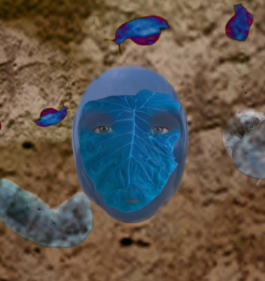
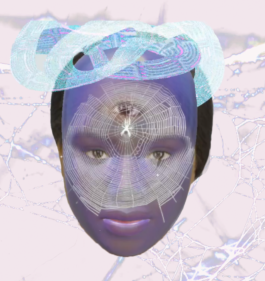
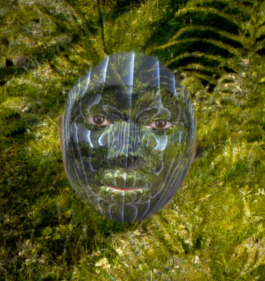
In preparation for the conference, players engage in world-building using Etherpad, a collaborative writing tool.
The first act focuses on the image of the spider among humans. A short documentary of a case study is presented, showcasing a spider plague in the richest neighborhood in Hamburg, Germany.
The second act explores the cultural link between women and spiders and includes a re-adaptation of the Greek myth of Arachne, a foundational tale in Western culture about spiders.
The last act delves into the medical use of spiders and presents the ancient Italian healing practice of tarantism from the perspective of a tarantula spider.
This work was presented during the
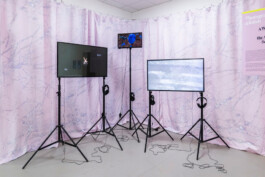
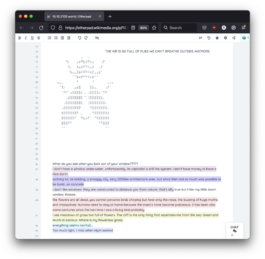
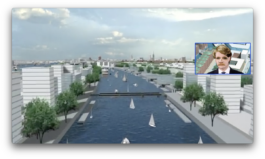
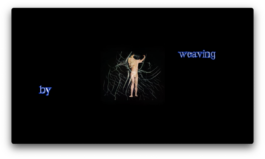

The web conference, 'Imagining the Arachnopocene,’ is an audio-visual story in three acts, forming the playground for an online role-play and collaborative world-building experience. The fictional conference takes place on Zoom and is the result of artistic research on questions related to human-nature relationships, alienation, knowledge creation, and power structures, using the spider as a carrier of stories.
Starting with a story in audio-visual with a subsequent discussion, each of the three acts examines the spider from a different perspective, raising questions that become the starting points for collective imagination. Set in a speculative future where spiders have left Earth, the goal of the conference is to collectively envision a non-human-centered future. Participants of the conference play the role of experts whose knowledge is in demand when imagining worlds different from the current one. The role play facilitates breaking through usual thought patterns and challenges our imagination beyond the ordinary to discover non-human-centered imaginaries for the future.



In preparation for the conference, players engage in world-building using Etherpad, a collaborative writing tool.
The first act focuses on the image of the spider among humans. A short documentary of a case study is presented, showcasing a spider plague in the richest neighborhood in Hamburg, Germany.
The second act explores the cultural link between women and spiders and includes a re-adaptation of the Greek myth of Arachne, a foundational tale in Western culture about spiders.
The last act delves into the medical use of spiders and presents the ancient Italian healing practice of tarantism from the perspective of a tarantula spider.
This work was presented during the



